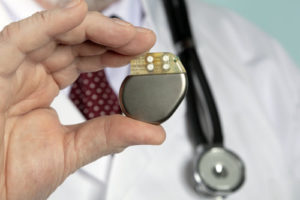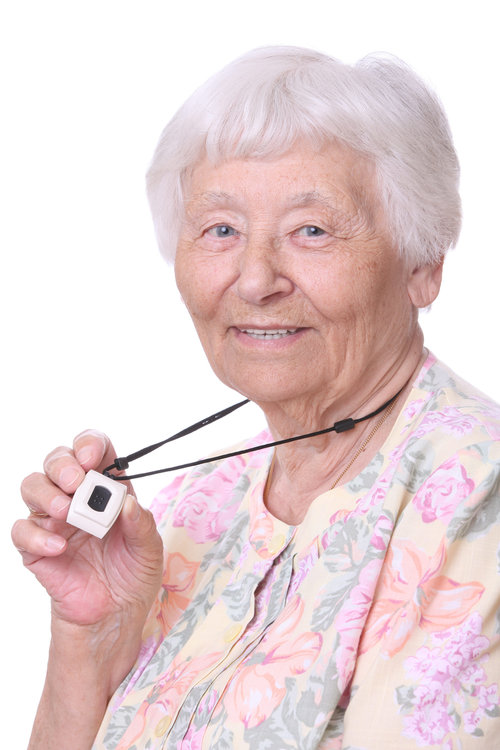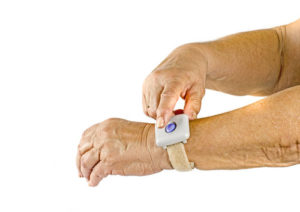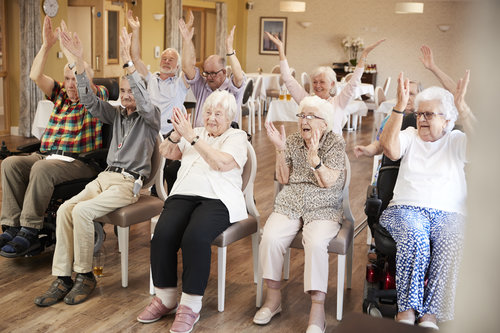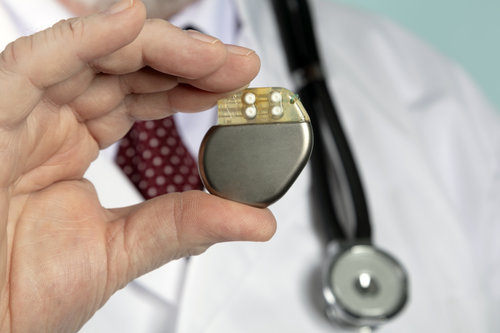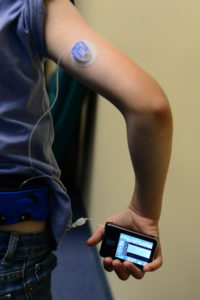
Dehydration is an easy way to land yourself in the hospital. The problem is, there are so many conflicting theories about it that it’s hard to know what’s real and what’s a myth. Here are eight common misconceptions about dehydration.

8 Myths About Dehydration Busted
1. Being Thirsty Equals Being Dehydrated
The most common idea about dehydration is wrong. Dehydration is the natural loss of water through a variety of bodily functions. The kidneys control the water balance in your body. If they sense you need more water, they tell your brain it’s time to drink. Think of being thirsty as a warning instead of a sign that you are already dehydrated.
2. You Need to Drink Eight Glasses of Water Daily
There is such a thing as drinking too much water. If your heart and kidneys are compromised, it can lead to congestive heart failure, pulmonary edema, or even water intoxication.
How do you figure out how much to drink?
The best thing to do is to talk to your primary care physician about it. But, if you can’t see them soon, you can use the eight glasses as a base. If you are smaller and don’t sweat a lot, less than eight will be good to keep your water balance. If you’re larger or sweat a lot, you may need more than eight.
3. Drink Water First Thing in the Morning
You do not need to start your day with water. If you are thirsty and want to drink water, that’s fine, but sleeping for eight hours doesn’t mean you wake up dehydrated.
It’s okay to reach for coffee first.
4. Coconut Water is the Best Recovery Drink
It’s been rumored that drinking coconut water is best for post-workout. Only, it contains fewer calories than other potassium-rich fluids. Plain water is fine, and coconuts can cause dangerously high potassium levels in those who have kidney problems.
5. You Can’t Over Hydrate
As mentioned before, water intoxication is a thing, and drinking too much can be lethal. It’s called hyponatremia, which is when you ingest too much water and cause a decreased concentration of sodium in the body. It leads to confusion, convulsions, and even death.
6. Electrolyte Filled Drinks are Best
While Gatorade commercials show how it saves athletes from dehydration all the time, it’s actually not as good as you think. For light activities, it’s not needed. Plus, all the sugar and high fructose corn syrup can be extremely harmful in large doses.
7. Caffeine Causes Dehydration
Coffee lovers celebrate! The idea of coffee being dehydrating is wrong. Though if you had a ton of caffeine, then dehydration can happen. That means lots of cups of coffee, not just one or two.
Energy supplements or drinks, on the other hand, can be dehydrating because of the amount of caffeine in them.
8. Urine is the Best Sign of Hydration
The color of your urine is a good indication of your hydration status, but there are other indicators. If you take multivitamins or are on a high-protein diet, the color could be dark. Instead of just color, look at volume. The more you put in your body, the more that should come out.
Read more here.







